When Marvel Rivals launched last month, it promised to revolutionize the hero shooter genre with its innovative approach to environmental destruction. Thanks to Unreal Engine 5’s Chaos Destruction system, players have been able to wreak havoc across battlefields in ways that feel both tactically meaningful and true to their favorite heroes’ powers.
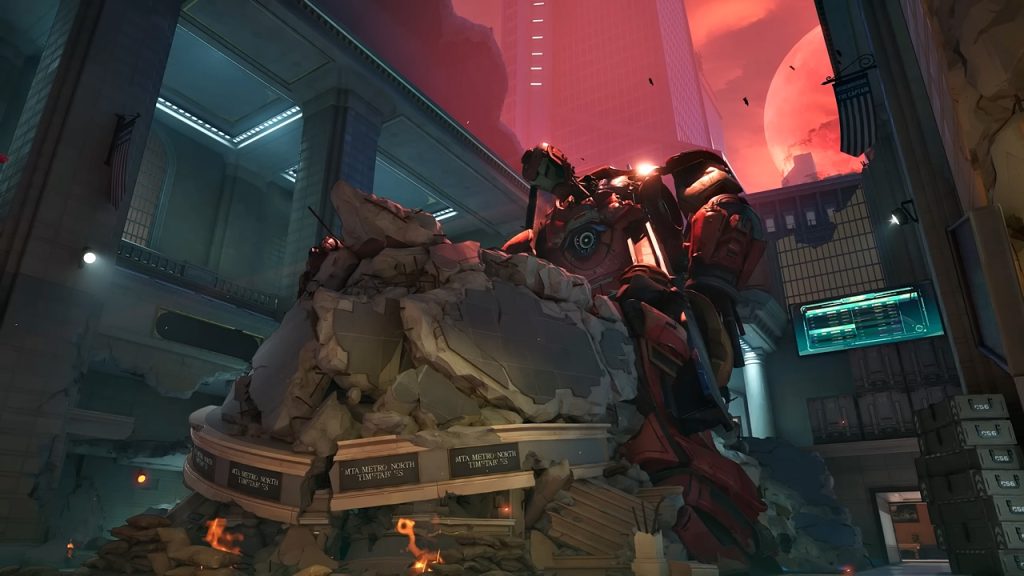 When they said ‘break the meta,’ this wasn’t what we expected. | Image Credit: NetEase Games
When they said ‘break the meta,’ this wasn’t what we expected. | Image Credit: NetEase GamesNow, as we approach Season 1’s launch on January 10, NetEase Games has revealed something that makes those initial destruction mechanics look almost quaint by comparison. In their latest Dev Vision video, the team showcased a new feature called “Recursive Destruction” that’s set to debut in the Empire of the Eternal Night: Midtown map—and it’s unlike anything we’ve seen in a competitive shooter before.
This isn’t just about breaking things anymore. It’s about rebuilding them, reshaping them, and fundamentally changing how players think about battlefield control. And if the preview footage is anything to go by, it’s going to make those team fights even more spectacular.
Turning destruction into creation in Marvel Rivals
The concept of destructible environments in competitive shooters isn’t new, but what Marvel Rivals is doing with Recursive Destruction takes things to a whole new level. As revealed in the latest Dev Vision video, this feature isn’t just about demolishing structures—it’s about manipulating them to create tactical advantages:
On this map you will experience the form of destruction unique to the Empire of Eternal Night—Recursive Destruction—that lets you turn back the clock, reshape the environment, and create epic new opportunities for victory!
— Lead Combat Designer ZhiyongWhat we see in the gameplay footage that follows is nothing short of remarkable. A massive Iron Man statue lies in ruins, surrounded by scattered debris and rubble. But then, as if by magic (“Reparo!”), the pieces begin to move.
The statue and surrounding debris don’t just reassemble—they transform, rising up to form an entirely new structure. What was once ground-level wreckage becomes a fully formed roof, complete with new tactical positions and entry points.

Teams won’t just be fighting over objectives—they’ll likely be actively reshaping the battlefield to gain advantages. That collapsed building blocking the payload route? It could become a bridge for your team’s Spider-Man to swing across. A pile of rubble might transform into a perfect perch for Hawkeye to rain down arrows.
The numbers don’t lie: Marvel Rivals is here to stay
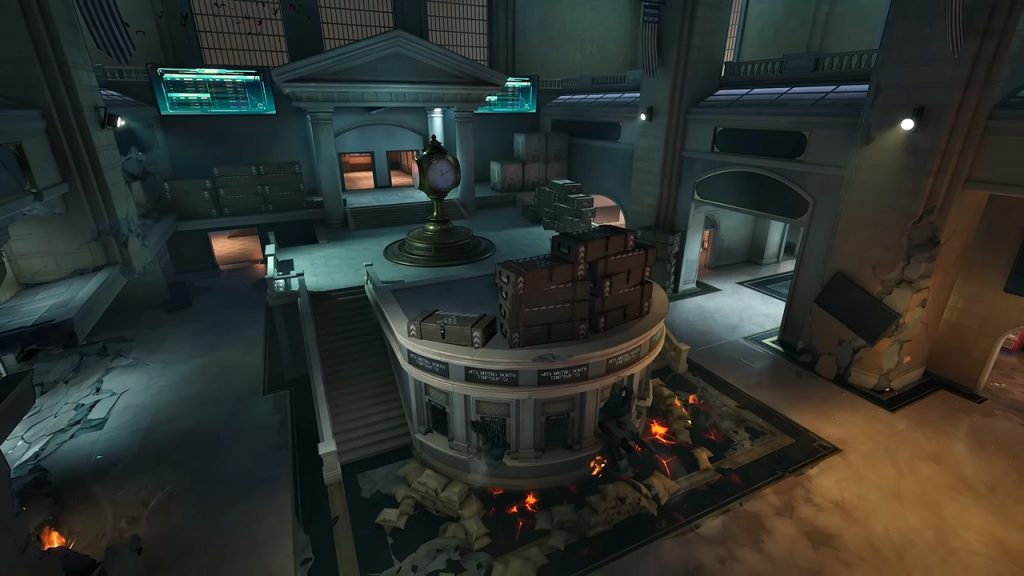 200,000 players can’t be wrong: destruction is just the beginning. | Image Credit: NetEase Games
200,000 players can’t be wrong: destruction is just the beginning. | Image Credit: NetEase GamesWhile some skeptics initially dismissed Marvel Rivals as just another “Overwatch clone” with a Marvel skin, the game’s innovative features have proven to be a major draw for players.
As noted by TheGamer, the game has maintained an impressive 90% of its launch player base, consistently pulling in around 200,000 concurrent players on Steam alone—numbers that suggest NetEase Games’ bold approach to innovation is resonating strongly with the community.
This success isn’t just about the Marvel license. In a genre that has largely played it safe since Overwatch defined its core mechanics, Marvel Rivals is actively pushing boundaries. The existing destruction system already allows for dynamic map changes during matches, but Recursive Destruction takes this concept into uncharted territory.
It’s not just about breaking things anymore—it’s about strategic “reconstruction” that can completely alter the flow of a match.

The timing of this reveal couldn’t be better. With Season 1 launching in just a few days, bringing both this groundbreaking new map mechanic and the highly anticipated Fantastic Four to the roster, Marvel Rivals seems determined to strengthen its position in the hero shooter space.
In a market where player retention often drops sharply after launch, these numbers—combined with such significant innovation—suggest that NetEase Games has found a winning formula.
What do you think about this new Recursive Destruction feature? Are you excited to experiment with it when Season 1 launches? Share your thoughts in the comments below!
.png)
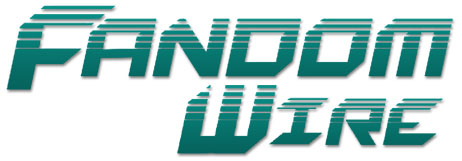 1 day ago
13
1 day ago
13
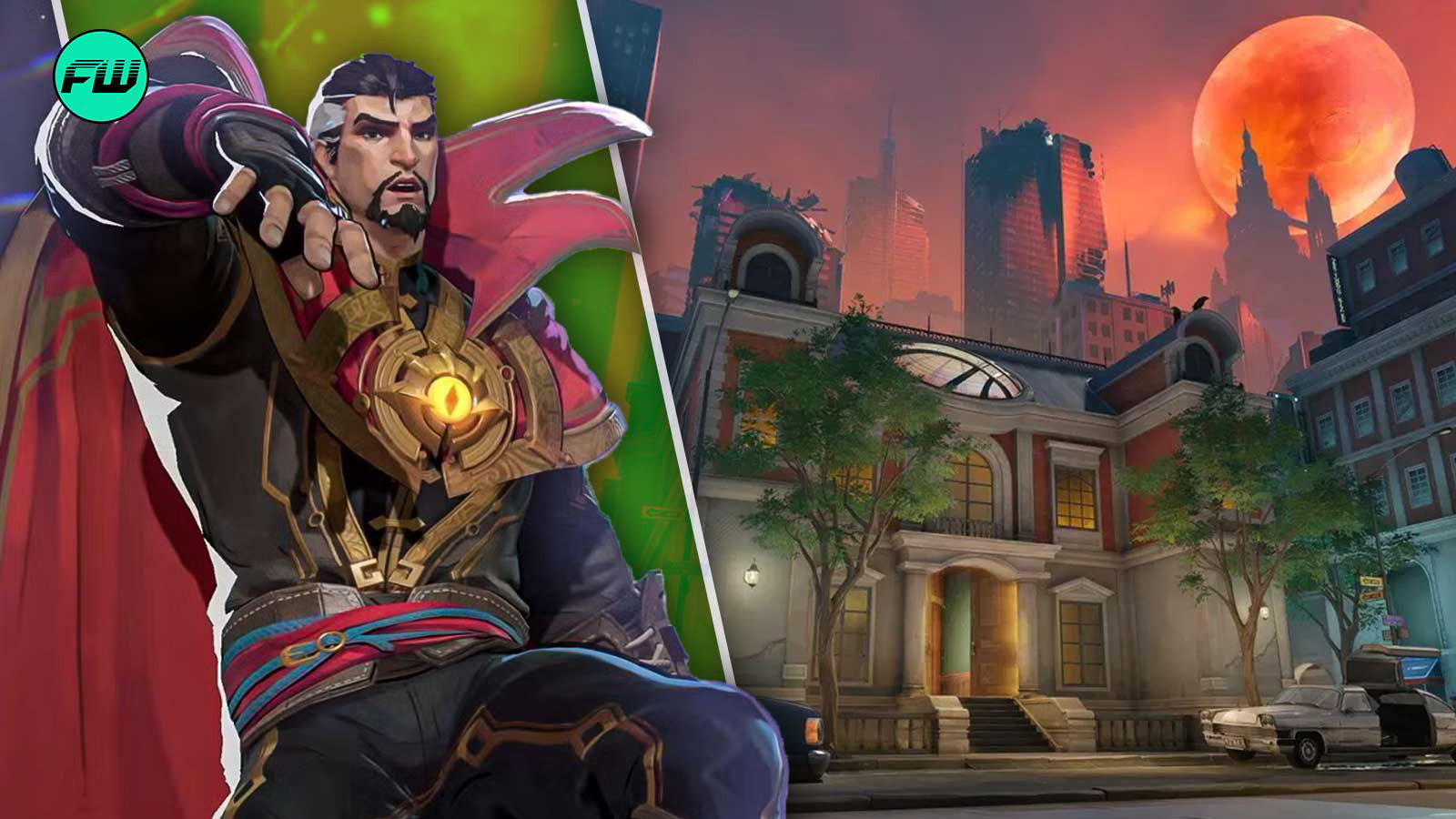

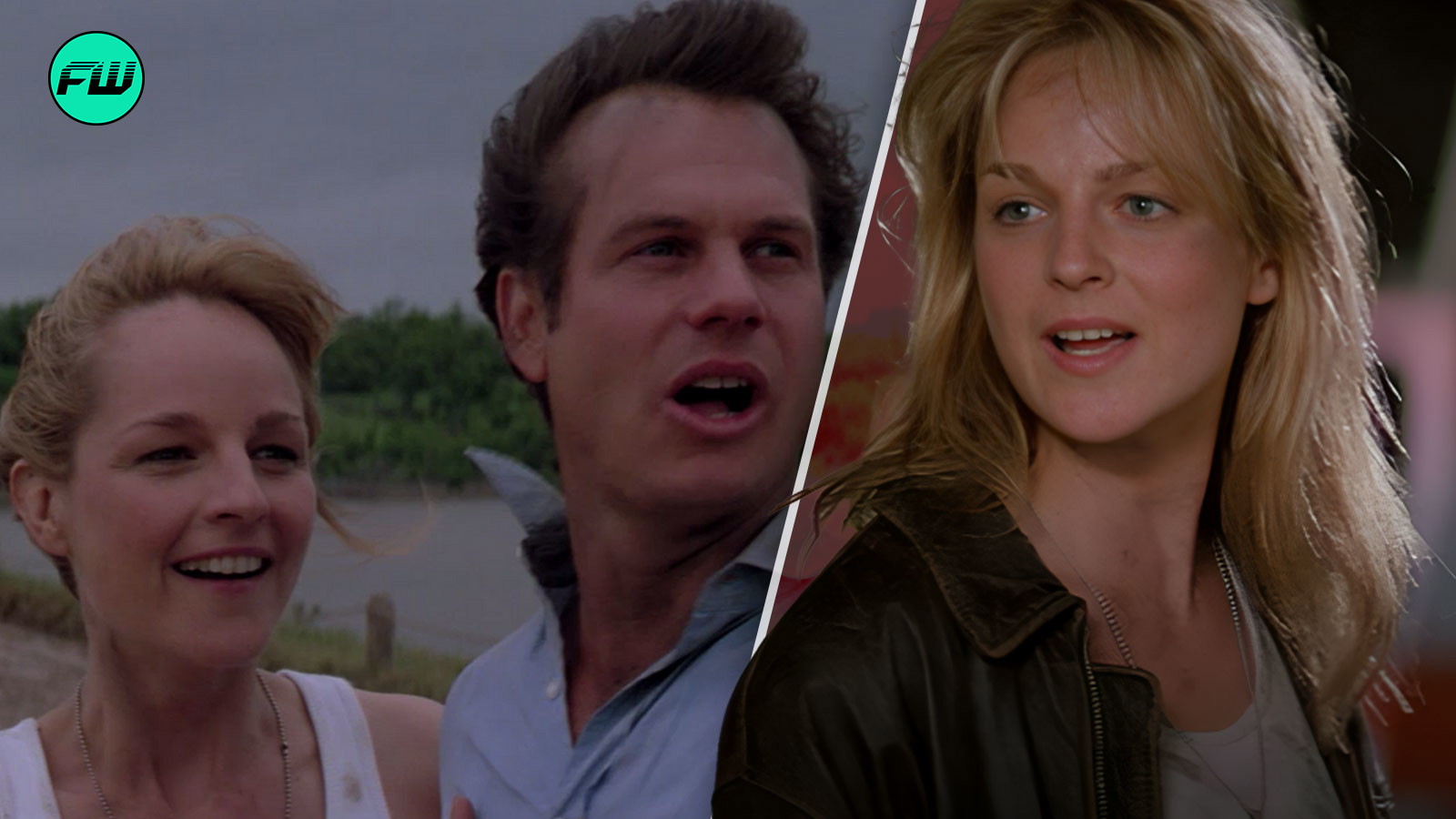
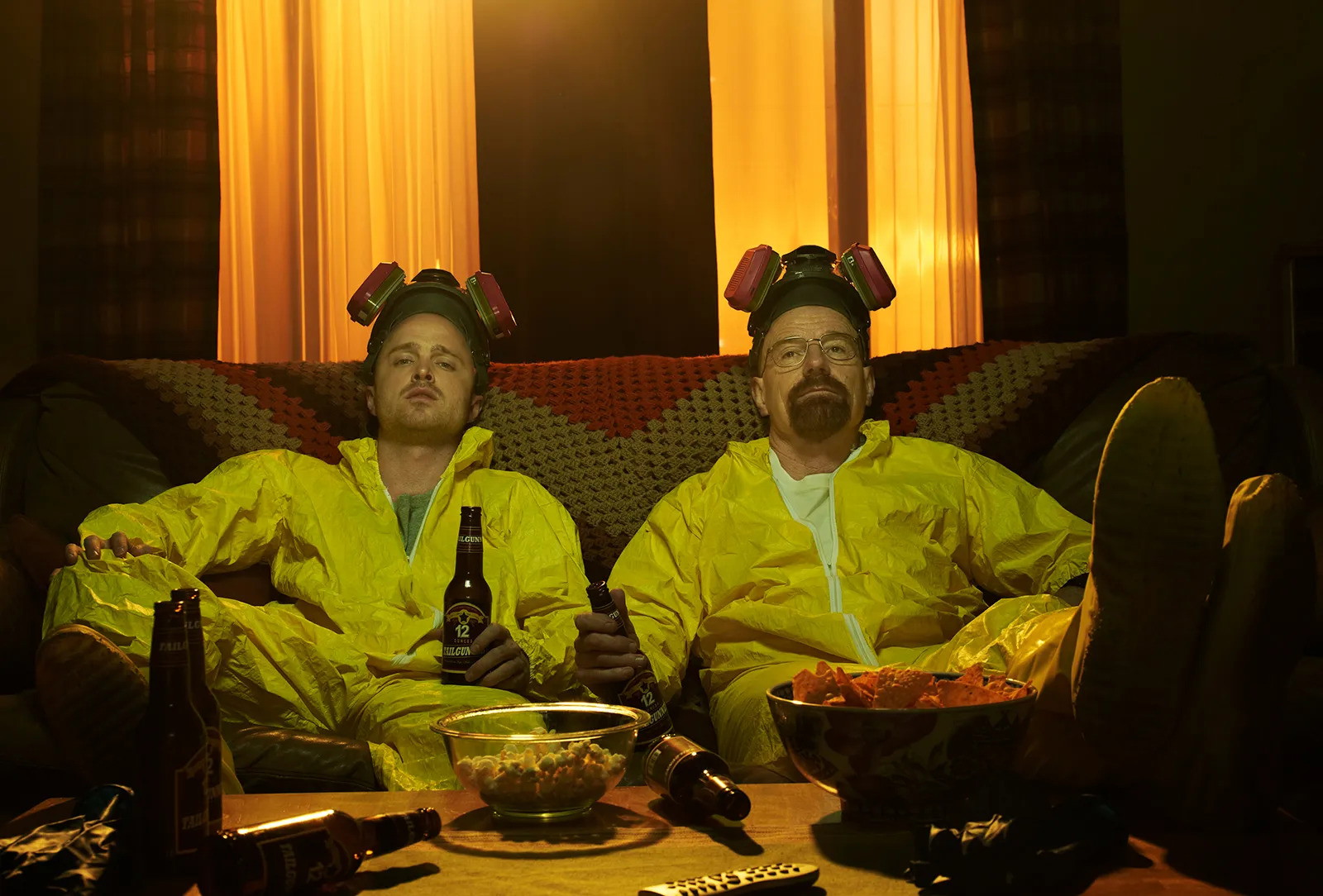

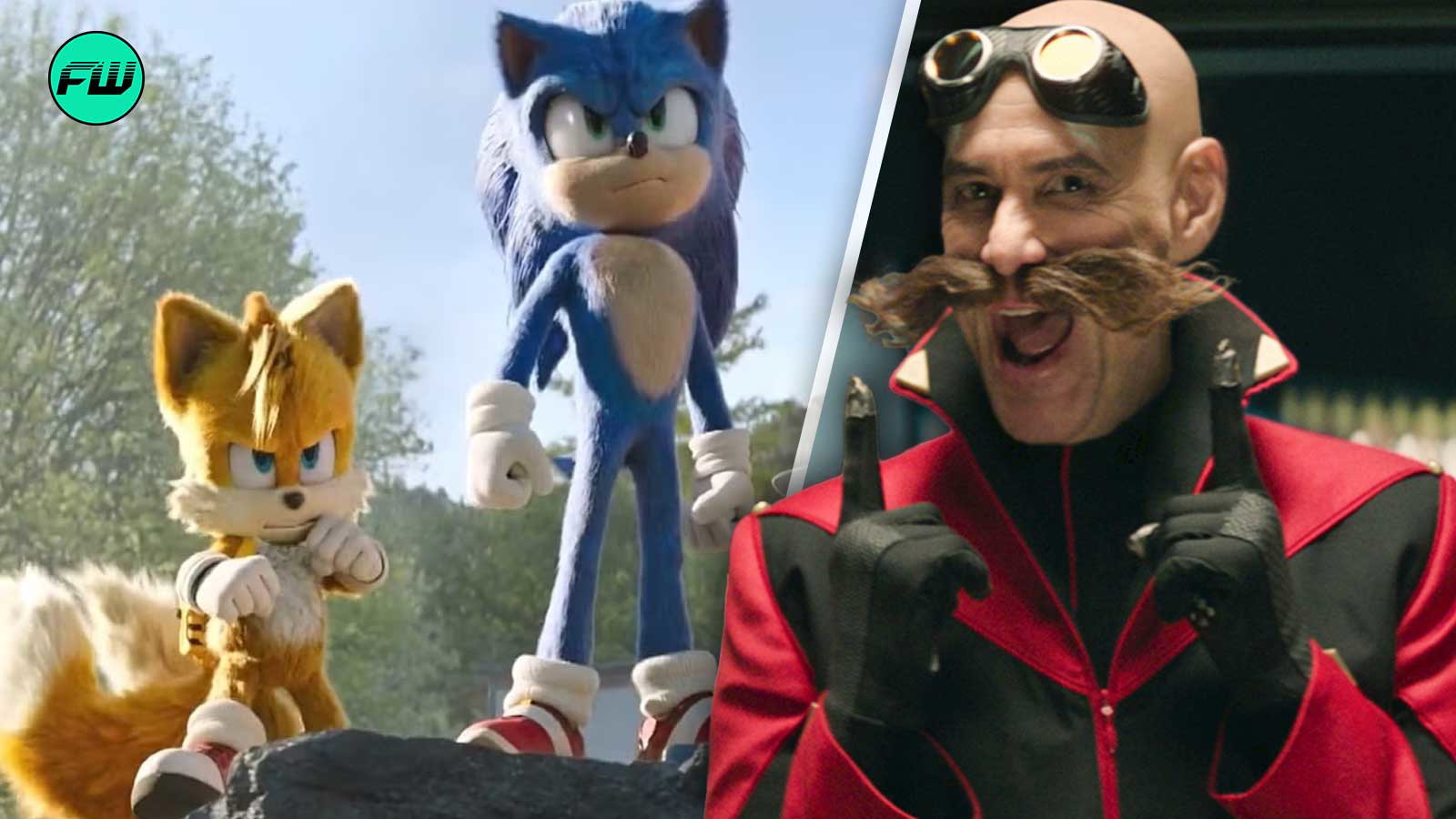
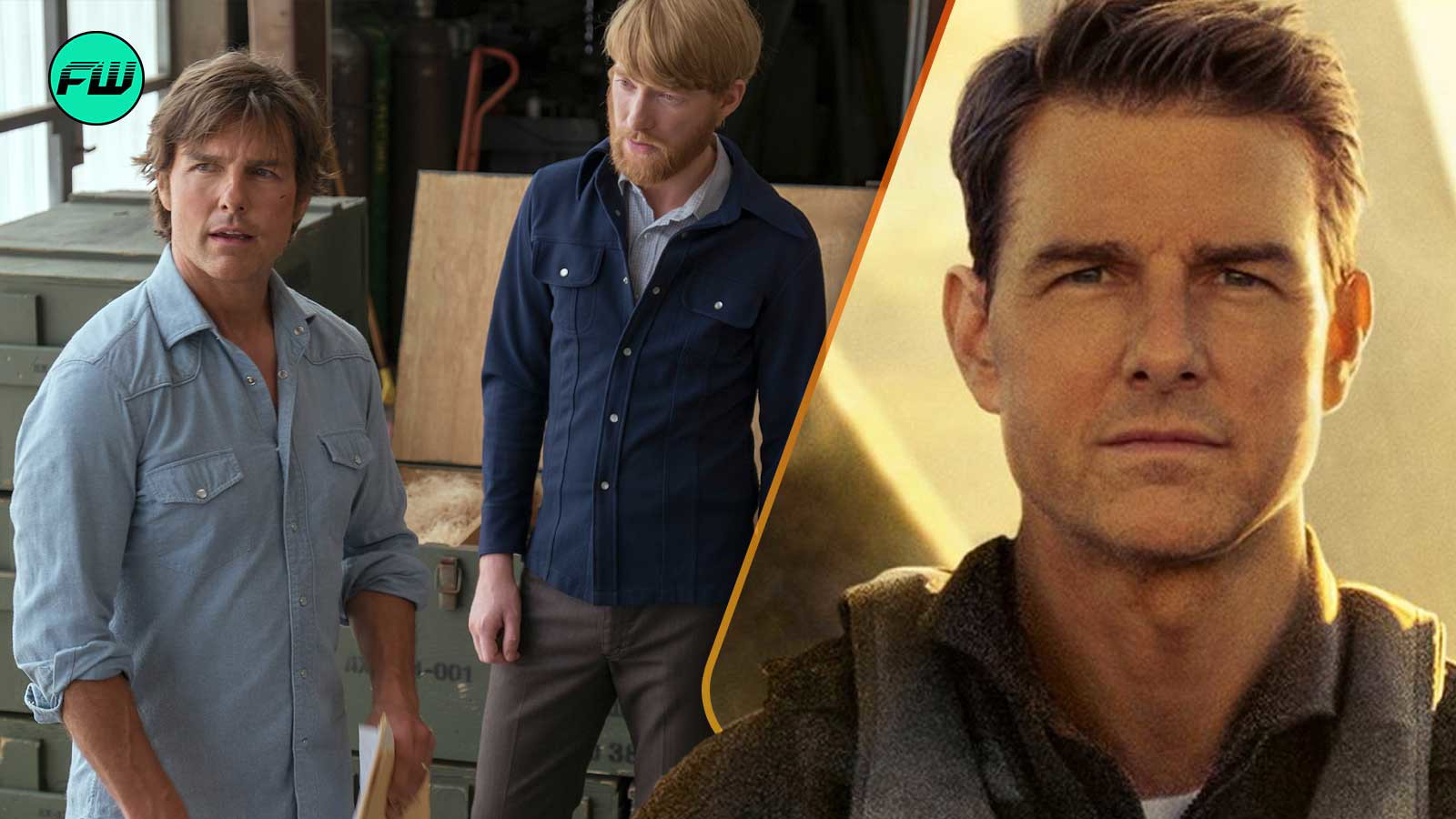

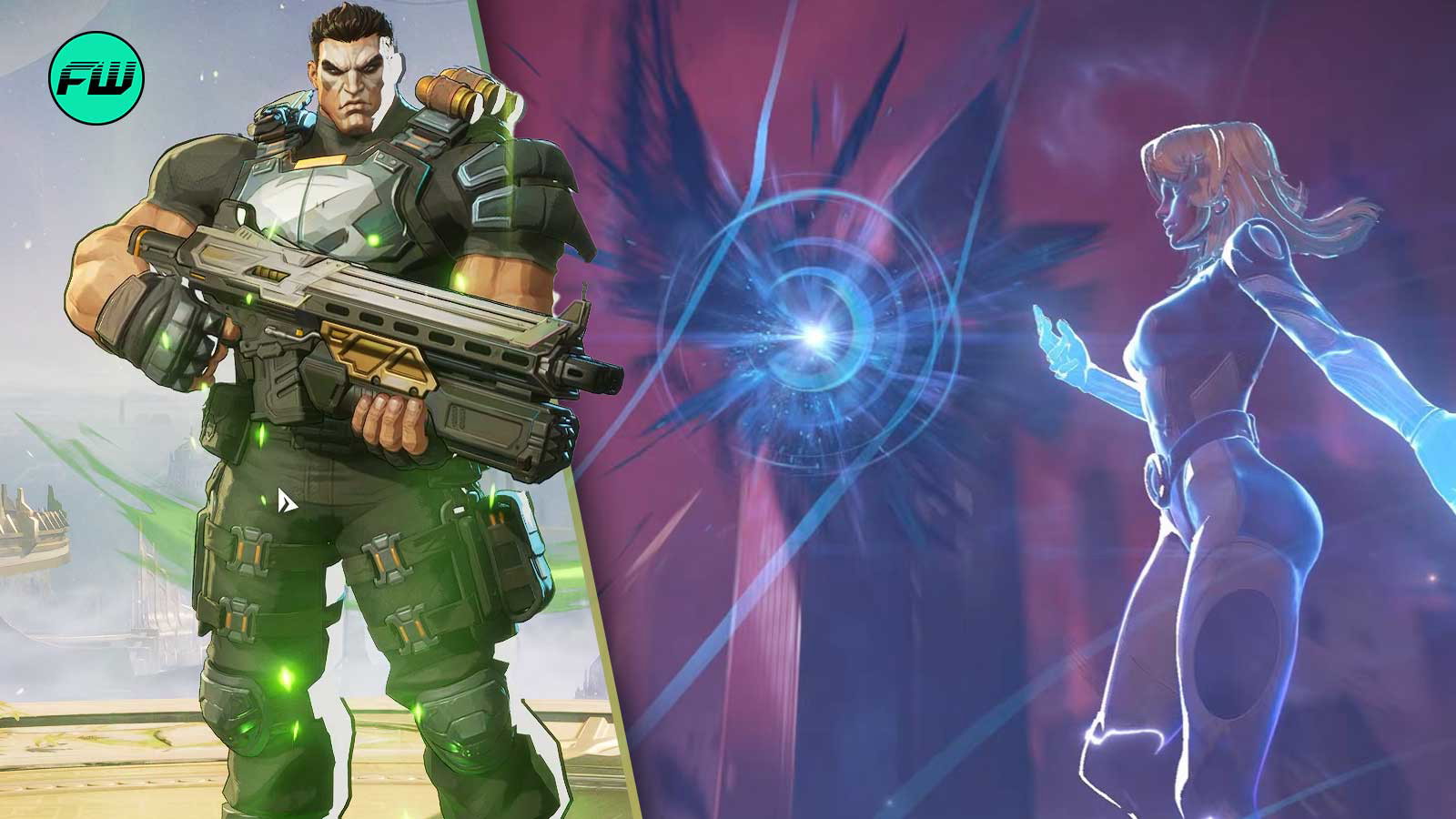



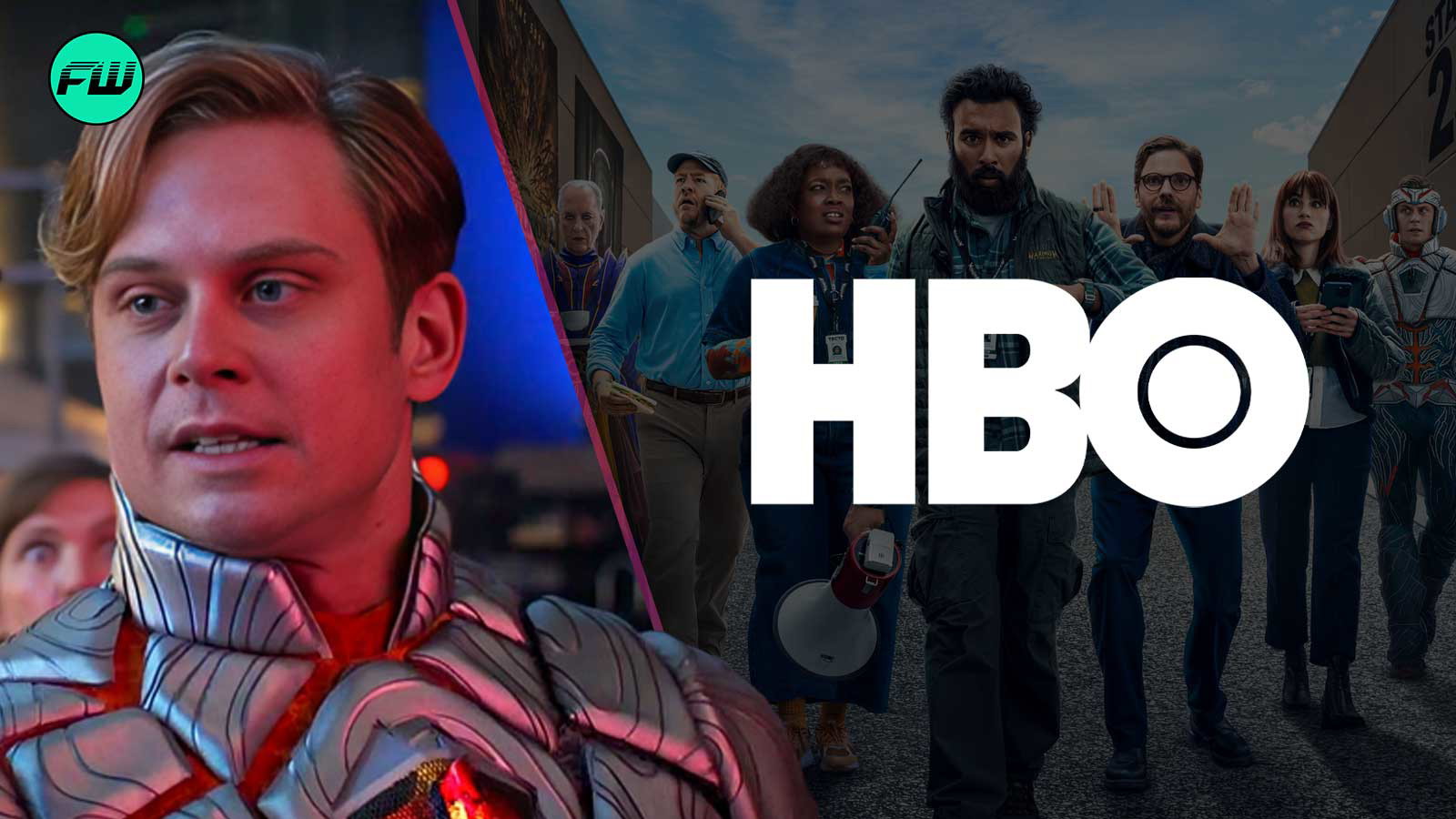
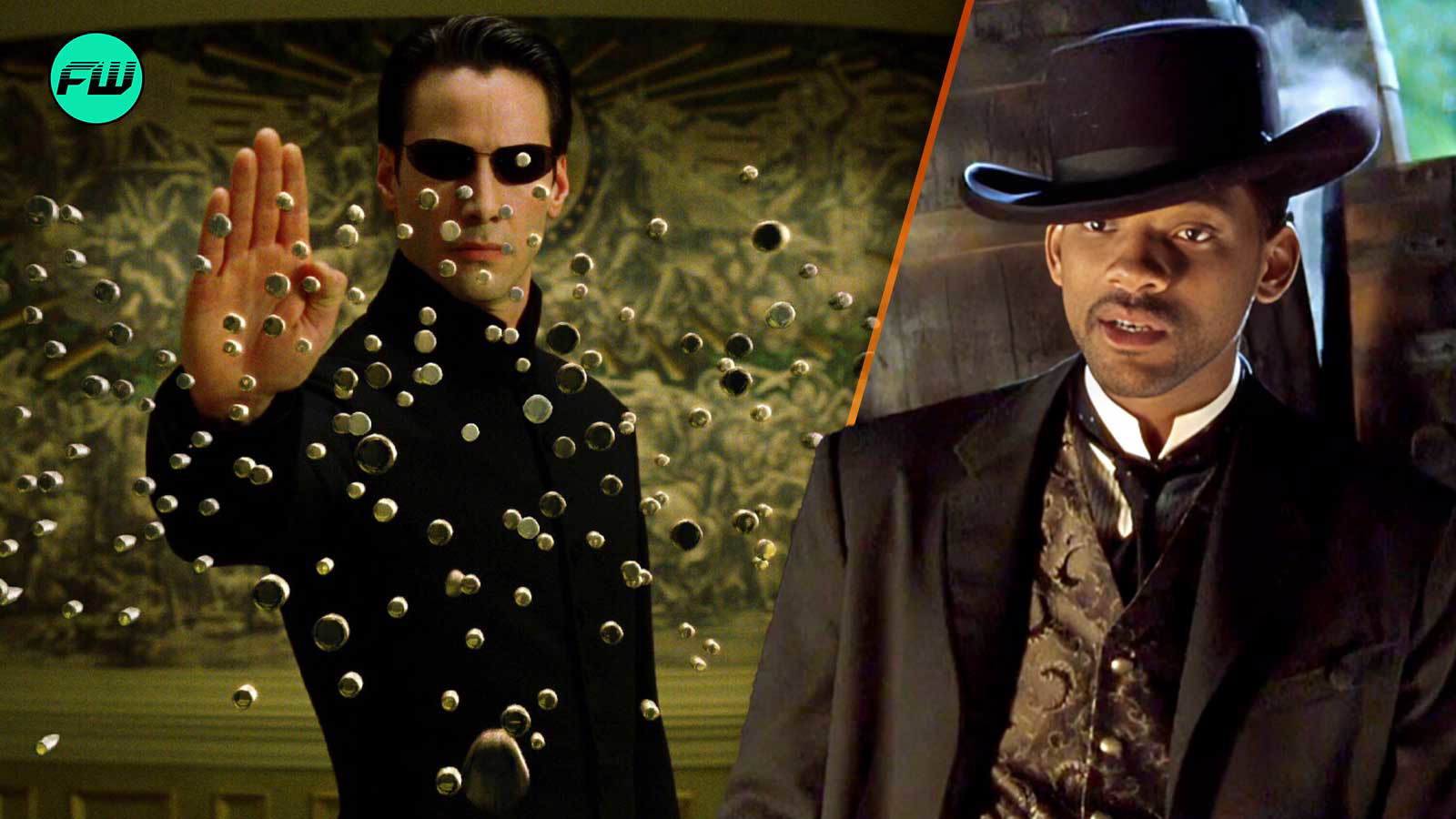






















 Bengali (BD) ·
Bengali (BD) ·  English (US) ·
English (US) ·